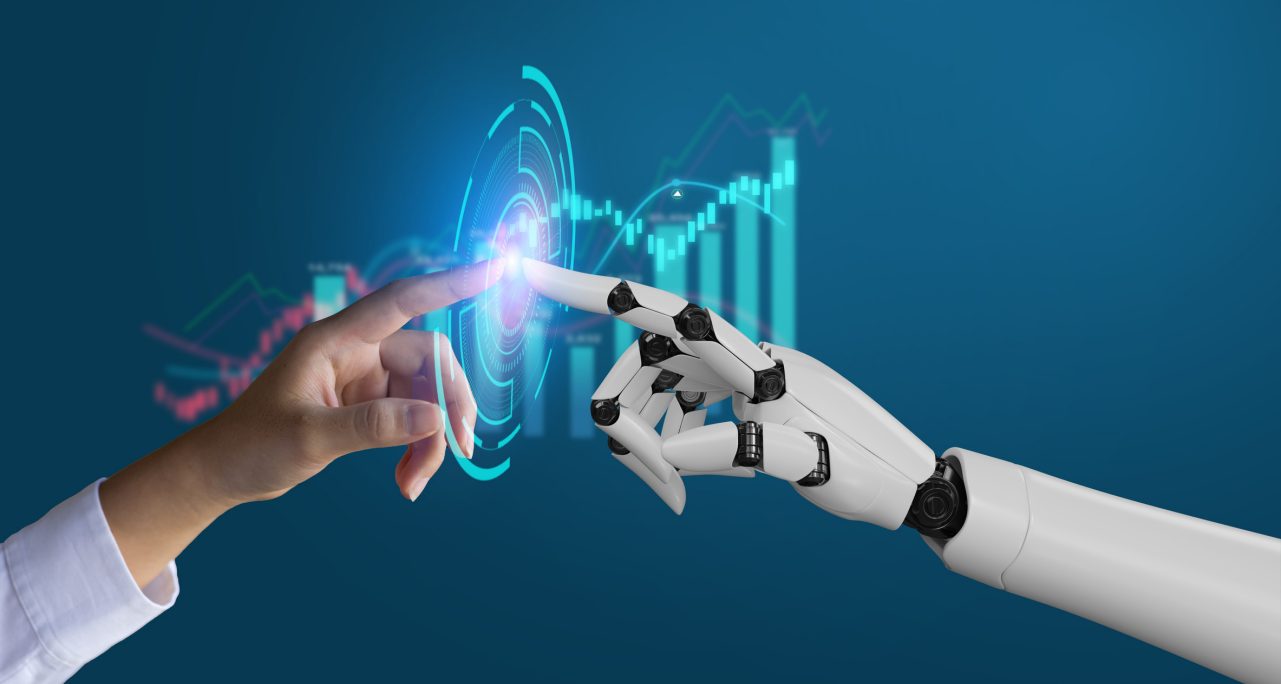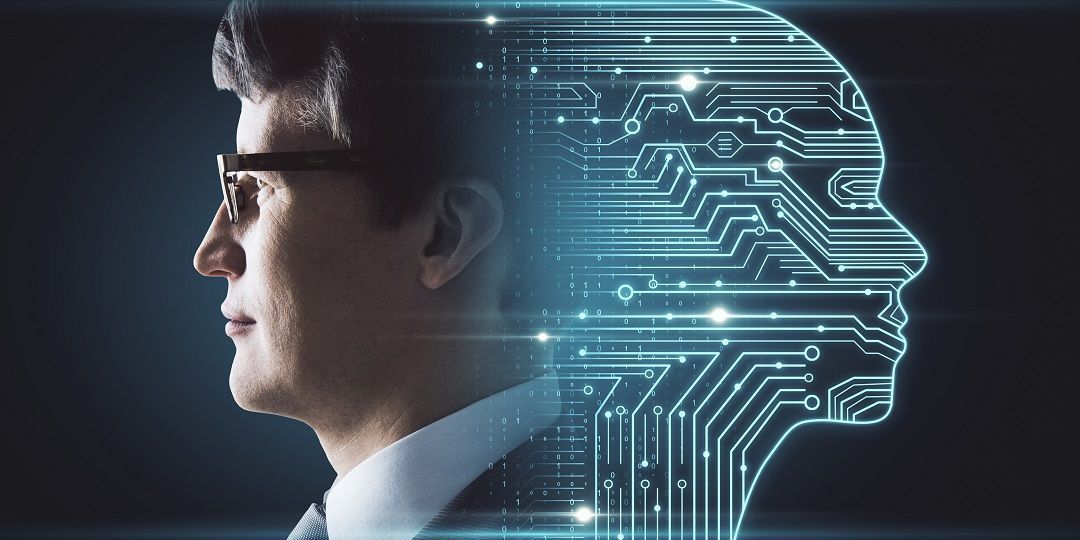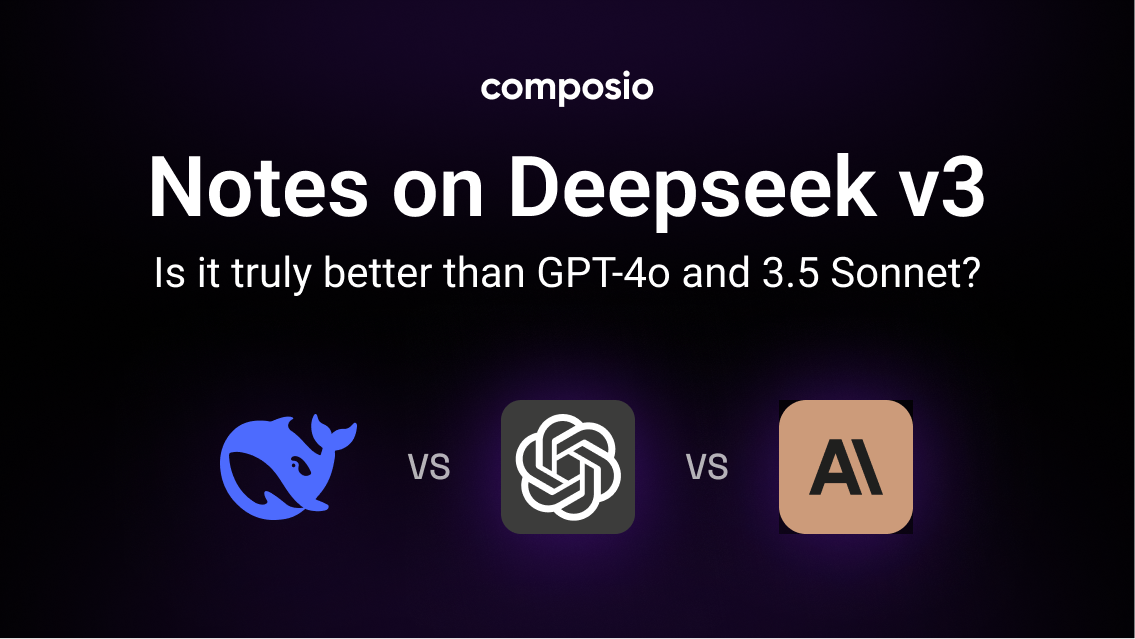
Moriadezen
Add a review FollowOverview
-
Founded Date July 10, 1948
-
Sectors General Labour
-
Posted Jobs 0
-
Viewed 26
Company Description
What Is Artificial Intelligence (AI)?

While scientists can take lots of methods to building AI systems, machine learning is the most widely used today. This includes getting a computer to evaluate information to recognize patterns that can then be utilized to make predictions.

The learning process is governed by an algorithm – a series of directions written by humans that informs the computer system how to – and the output of this process is a statistical design encoding all the found patterns. This can then be fed with brand-new data to generate forecasts.

Many kinds of device knowing algorithms exist, however neural networks are amongst the most extensively used today. These are collections of artificial intelligence algorithms loosely designed on the human brain, and they find out by changing the strength of the connections in between the network of “synthetic nerve cells” as they trawl through their training information. This is the architecture that much of the most popular AI services today, like text and image generators, usage.
Most innovative research study today includes deep knowing, which describes using huge neural networks with many layers of synthetic nerve cells. The concept has been around because the 1980s – but the huge information and computational requirements limited applications. Then in 2012, scientists discovered that specialized computer system chips understood as graphics processing systems (GPUs) accelerate deep learning. Deep knowing has actually considering that been the gold requirement in research.
“Deep neural networks are type of device learning on steroids,” Hooker said. “They’re both the most computationally pricey designs, but likewise usually big, effective, and expressive”
Not all neural networks are the exact same, however. Different setups, or “architectures” as they’re known, are suited to various jobs. Convolutional neural networks have patterns of connection inspired by the animal visual cortex and excel at visual jobs. Recurrent neural networks, which feature a type of internal memory, specialize in processing consecutive data.

The algorithms can also be trained differently depending upon the application. The most typical approach is called “supervised knowing,” and involves human beings assigning labels to each piece of information to guide the pattern-learning process. For instance, you would include the label “feline” to pictures of felines.

In “unsupervised knowing,” the training data is unlabelled and the device needs to work things out for itself. This needs a lot more data and can be difficult to get working – however since the knowing procedure isn’t constrained by human preconceptions, it can cause richer and more effective models. A number of the current breakthroughs in LLMs have actually utilized this technique.
The last significant training technique is “support knowing,” which lets an AI find out by trial and mistake. This is most typically used to train game-playing AI systems or robotics – consisting of humanoid robotics like Figure 01, or these soccer-playing miniature robots – and includes repeatedly attempting a job and upgrading a set of internal rules in response to favorable or negative feedback. This approach powered Google Deepmind’s ground-breaking AlphaGo model.


